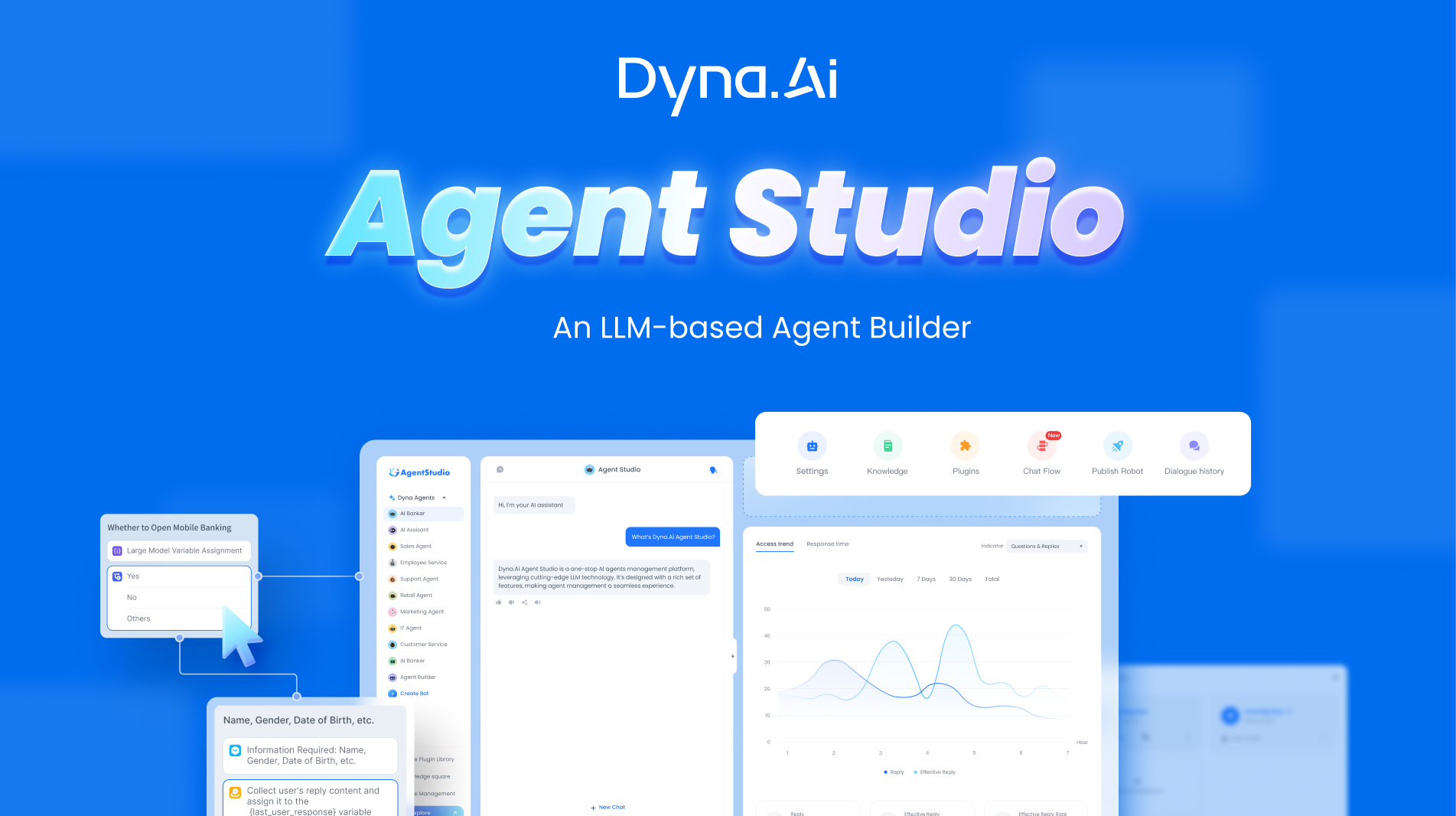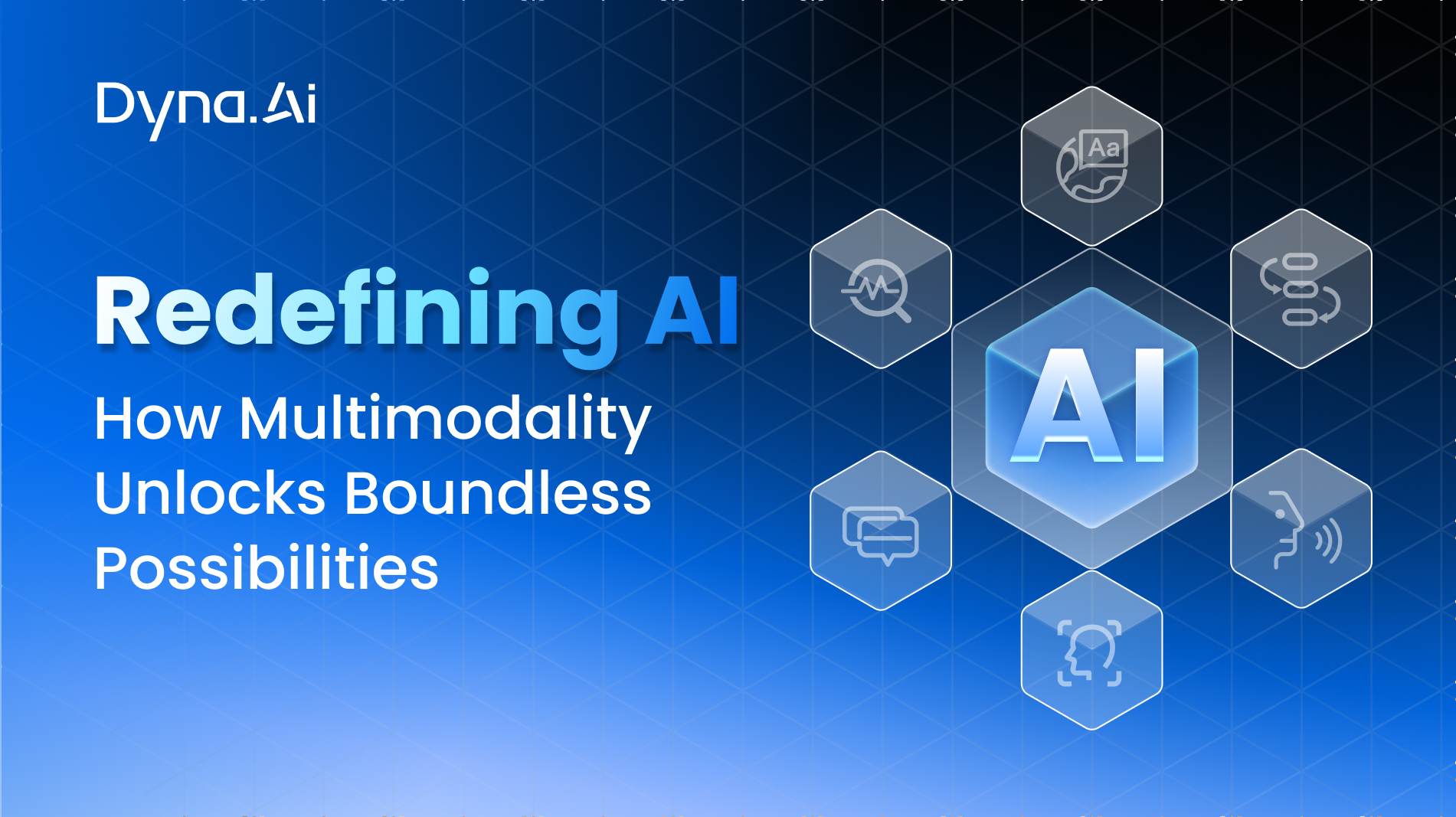
The Market in Saudi Arabia
The Saudi Central Bank (SAMA) published its first Annual Fintech Report in 2022, shedding light on the nascent fintech industry in the country. The National Fintech Strategy aims to enhance global competitiveness through technological innovation. The strategy focuses on collaborative efforts to bolster the digital financial services ecosystem. The report covers four main fintech sectors: Payments, Finance, Insurance, and Open Banking.
In addition, in Saudi Vision 2030 which was proposed by the Crown Prince, Prime Minister, and Chairman of the Council of Economic and Development Affairs, automated approval in the financial sector is a significant aspect of Saudi Vision 2030. The vision aims to leverage technology and innovation to enhance efficiency, transparency, and accessibility within the financial services industry. By embracing automation, Saudi Arabia seeks to streamline processes, reduce bureaucracy, and create a more dynamic and responsive financial ecosystem.
Thus, it can be deduced that the market need for fintech and automated approval is strong and urgent.
Challenges faced by financial institutions
Institutions that lack of automated approval capability usually experience the challenges below:
1. Inefficiency results from lengthy and error-prone manual approvals
2. Inflexibility. In case the risk management rules are hard-coded, business users adjusting the rule requires an IT team.
3. The risk management of loan life cycle is decentralized
We’d like to address the challenge
Dyna.Ai decision engine is the solution to the challenges. As an enterprise decision management platform, Dyna.Ai decision engine system streamlines decision-making through automation, enhancing organizational efficiency and strategy.
Specifically, risk management of the onboarding and underwriting stage includes anti-fraud, credit assessment, credit line determination and risk-based pricing. Risk management of account management stage involves monitoring existing accounts for risk and utilizing dynamic early alerts to proactively manage risk. Risk management of the collection and recovery stage adopts tailored collection strategies based on customer risk levels. Dyna.Ai decision engine can automate risk management throughout the entire credit life cycle.
The competitive advantages of Dyna.Ai decision engine are concluded into three categories:
1. Versatile application:
Applicable industries include and are not limited to lending, credit cards, supply chain finance, P2P, insurance, etc. The platform is designed to be flexible and can be applied across a wide range of business scenarios. This versatility means it can be adapted to various financial products risk management as well as different stages of risk management.
2. Ease of use:
User-friendly visual configuration allows users to set up and manage decision flows without needing extensive technical knowledge. This lowers the barrier to entry and reduces the learning curve for new users.
The "zero code" approach for most scenarios means that users can create and modify decision strategies without writing any code, which is particularly beneficial for business analysts and decision-makers who may not have a programming background.
3. Reliable performance:
Decisions can be made within seconds, which is crucial for businesses that require real-time or near-real-time decision-making capabilities.
High transactions per second (TPS > 200) indicate that the platform can handle a large volume of decisions in a short period, which is important for scalability and performance under load.
A stability rating of over 99.99% suggests that the system is highly reliable, with minimal downtime or errors, which is essential for maintaining business continuity and trust in the system's decisions.
The distributed architecture of the platform allows for scalability and resilience. It can handle increased loads by distributing the work across multiple threads, which can also improve the speed and reliability of the decision-making process.
These competitive advantages position the enterprise decision management platform as a robust tool for businesses looking to improve their operational efficiency, decision-making speed, and overall reliability of their processes. By offering a versatile, user-friendly, and high-performing solution, such a platform can become a strategic asset for organizations seeking a competitive edge in their respective markets.



